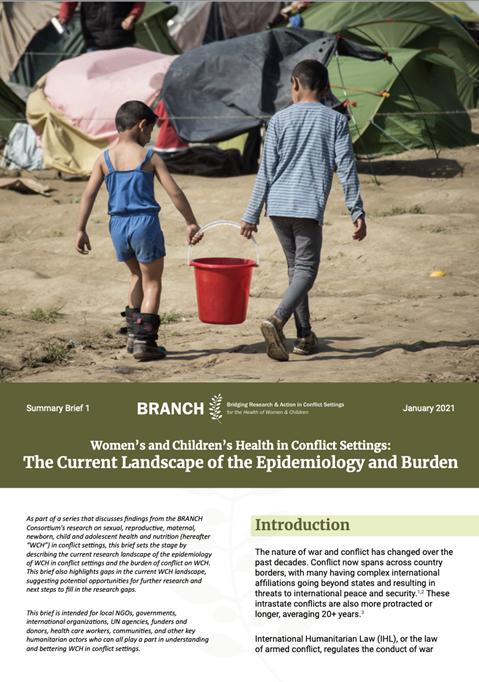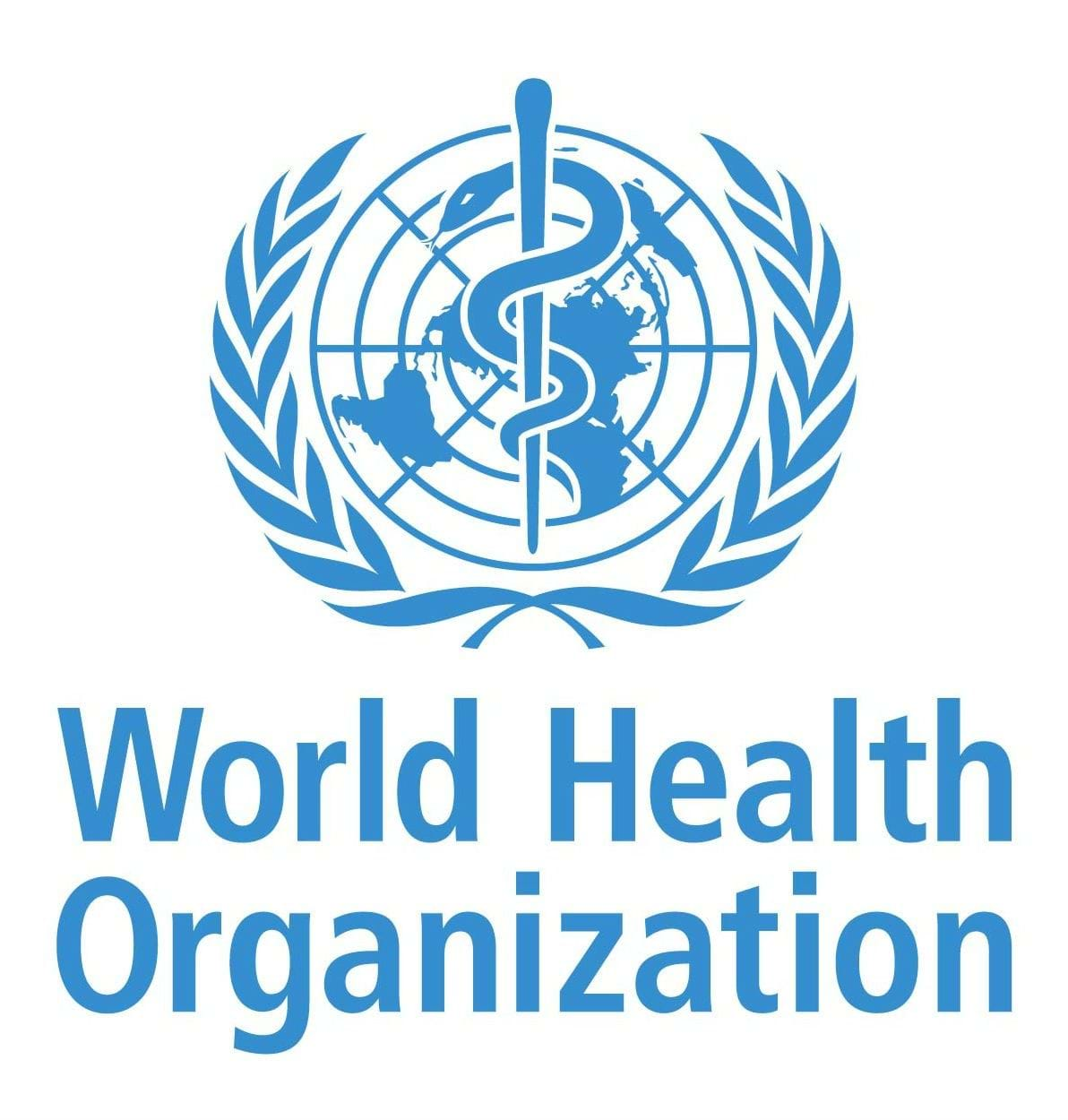The Current Landscape of the Epidemiology and Burden
Women’s and Children’s Health in Conflict Settings

Overview
The nature of war and conflict has changed over the past decades. Conflict now spans across country borders, with many having complex international affiliations going beyond states and resulting in threats to international peace and security. These intrastate conflicts are also more protracted or longer, averaging 20+ years.
International Humanitarian Law (IHL), or the law of armed conflict, regulates the conduct of war and aims to limit the impact of armed conflict by restricting and regulating means and methods of warfare, as well as protecting persons not participating in the hostilities. However, IHL concentrates mostly on the direct effects of war, namely traumatic injury, both physical and mental, and death due to bombs and bullets during combat operations. Whereas war also generates indirect effects through the destruction of the essentials of life, including food, water, shelter, medical care, and increased insecurity resulting in suffering and death.
The fundamental challenges confronting humanitarian and health services in the face of conflict have to do with an increasing disregard of IHL, with the boundaries between combatants and civilians becoming further blurred leading to higher rates of morbidity and mortality. In modern wars, civilians have been shown to have higher rates of morbidity than soldiers. In instances of embedded combatants in urban settings, as well increasing occurrences of attacks on civilians, healthcare workers and facilities, much larger numbers of vulnerable women, newborns, children and adolescents may be disproportionately and severely affected than otherwise.

.png?sfvrsn=6d0e27cd_1)



